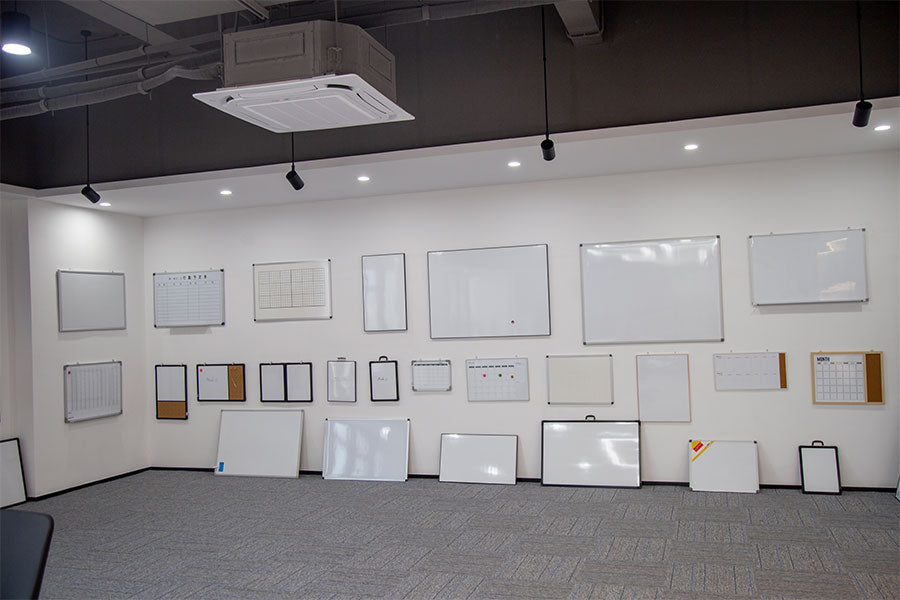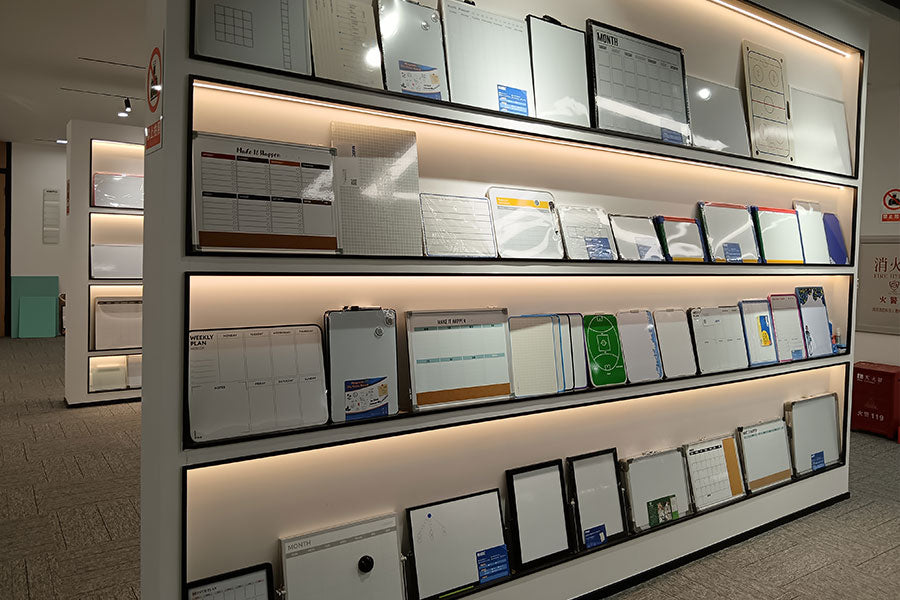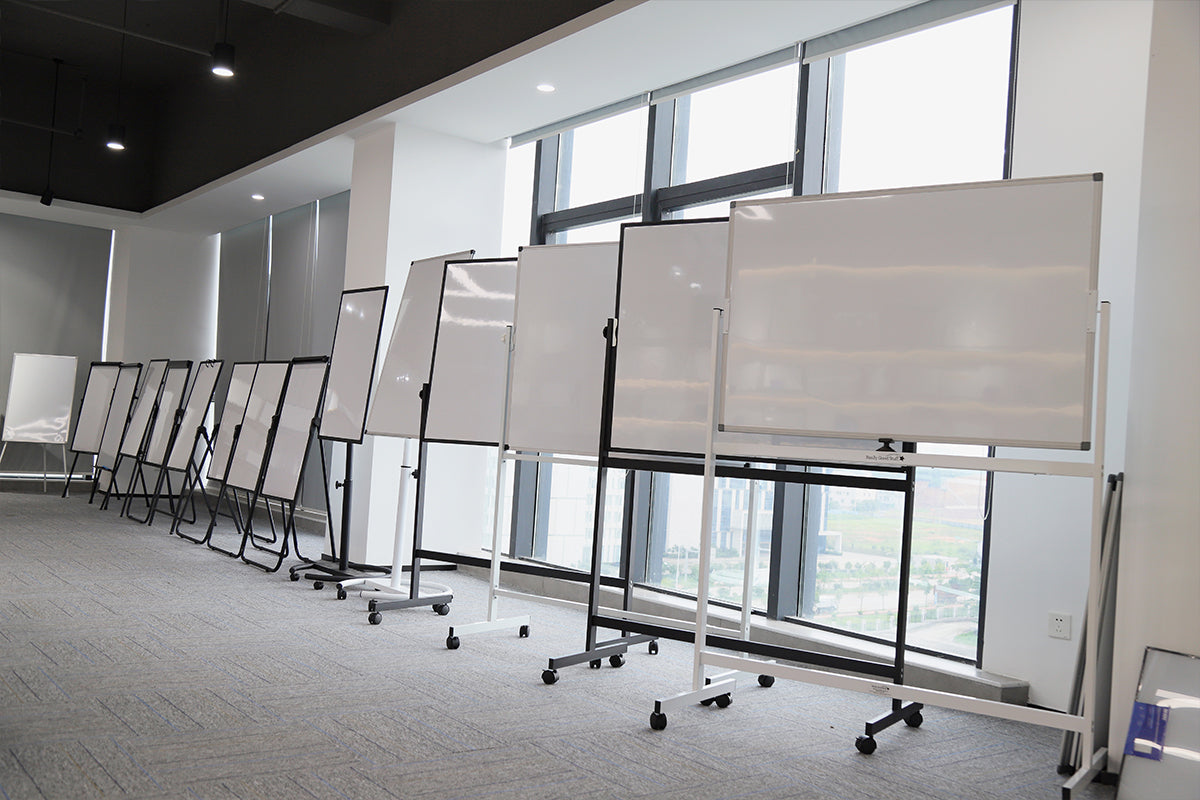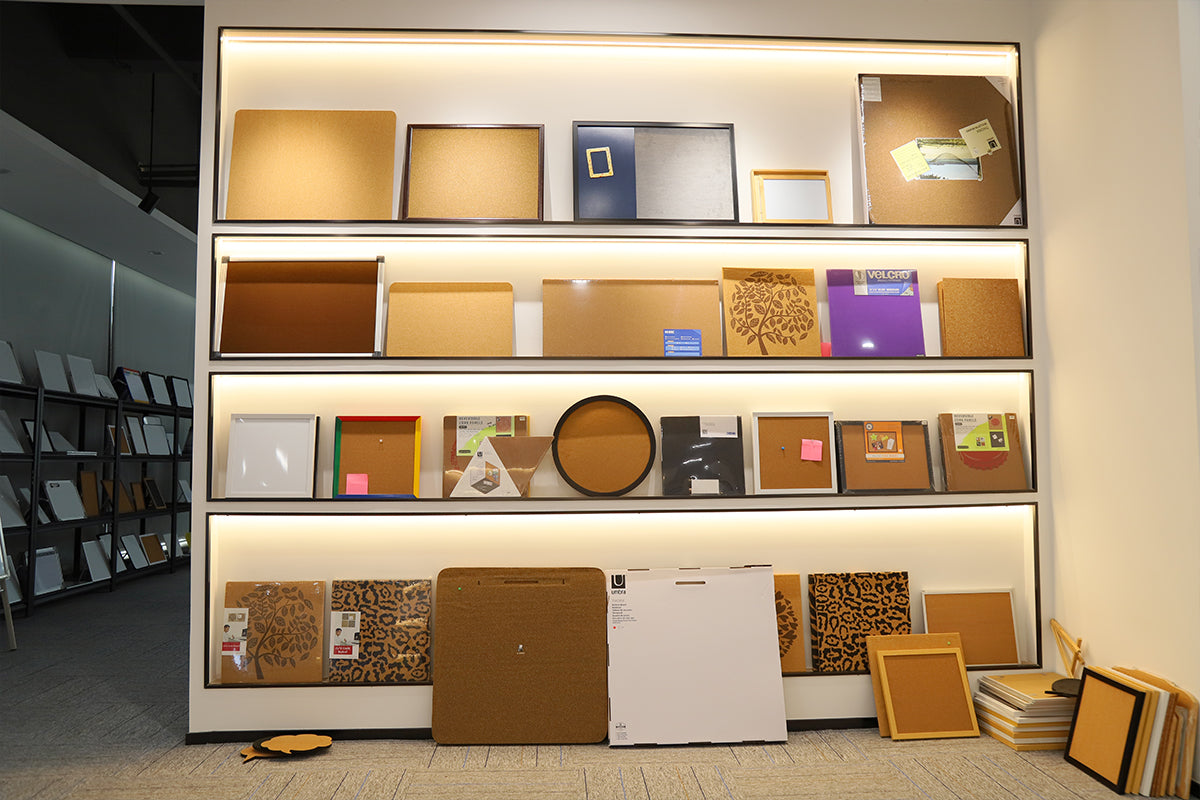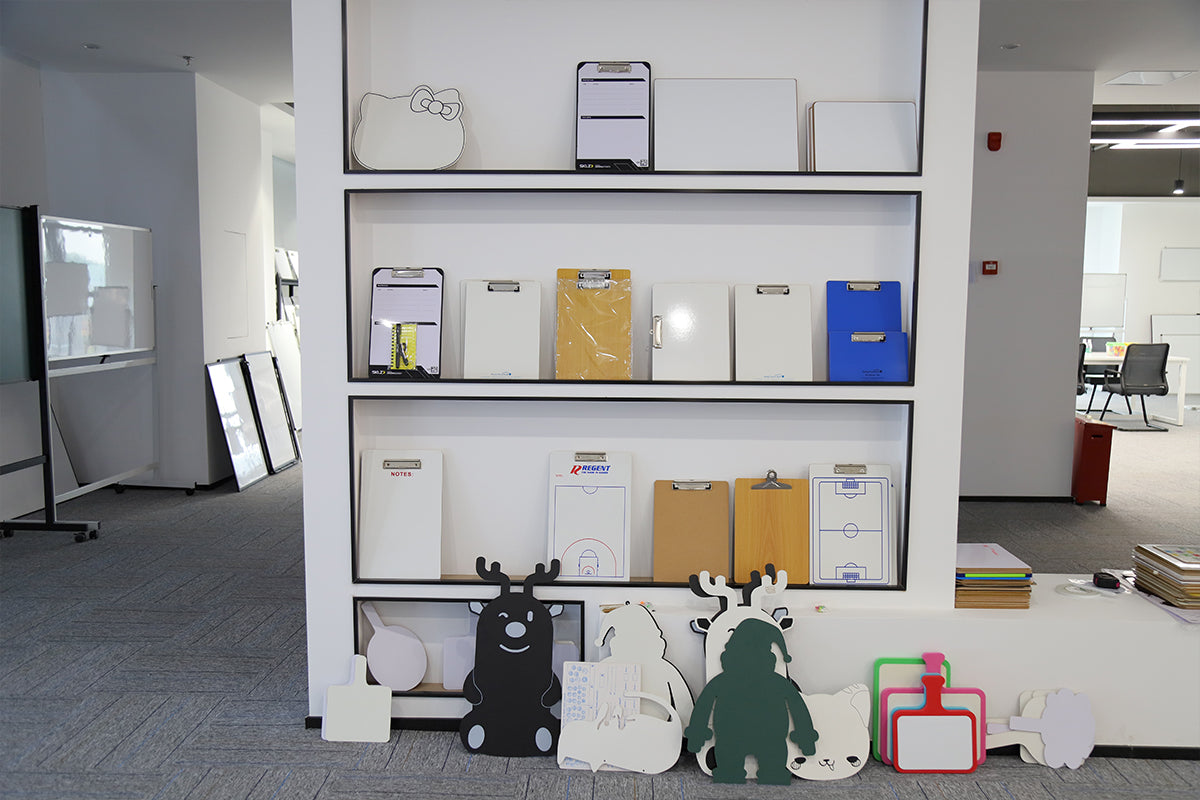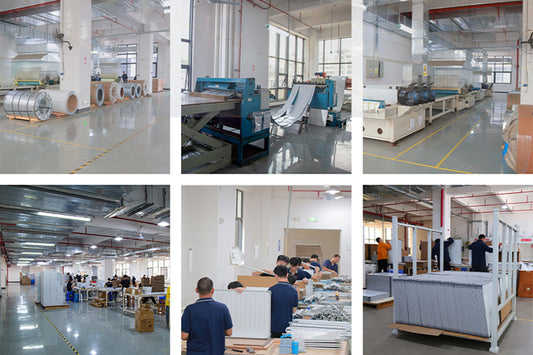What is the difference between acrylic and porcelain whiteboards?
Do you know "What is the difference between acrylic and porcelain whiteboards"?
We know that, Acrylic whiteboards and porcelain whiteboards are two common types of whiteboards used for writing and displaying information. Here are some key differences between the two:
1. Material:
- Acrylic whiteboards are made from a type of plastic called acrylic, which is lightweight and flexible.
- Porcelain whiteboards are made from a ceramic material called porcelain, which is more durable and scratch-resistant compared to acrylic.
2. Surface:
- Acrylic whiteboards have a smooth surface that is easy to write on with dry-erase markers. However, they are more prone to scratching and staining compared to porcelain whiteboards.
- Porcelain whiteboards have a hard, non-porous surface that is highly durable and resistant to scratches, stains, and ghosting (marks left after erasing).
3. Longevity:
- Porcelain whiteboards are known for their longevity and can withstand heavy use without showing signs of wear and tear.
- Acrylic whiteboards may be more prone to damage over time, especially in high-traffic areas or if not properly cared for.
4. Cost:
- Acrylic whiteboards are generally more affordable than porcelain whiteboards, making them a budget-friendly option for many users.
- Porcelain whiteboards are more expensive upfront but may offer better long-term value due to their durability and resistance to damage.
In summary, the choice between acrylic and porcelain whiteboards depends on factors such as budget, usage frequency, and durability requirements. Acrylic whiteboards are suitable for light to moderate use in low-traffic areas, while porcelain whiteboards are ideal for heavy use in high-traffic environments where durability is a priority.

